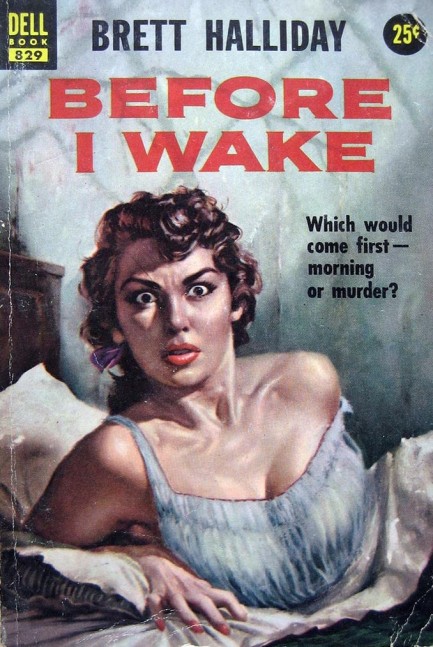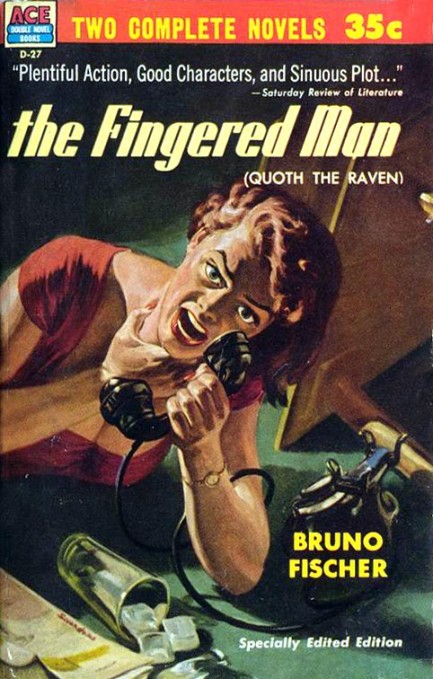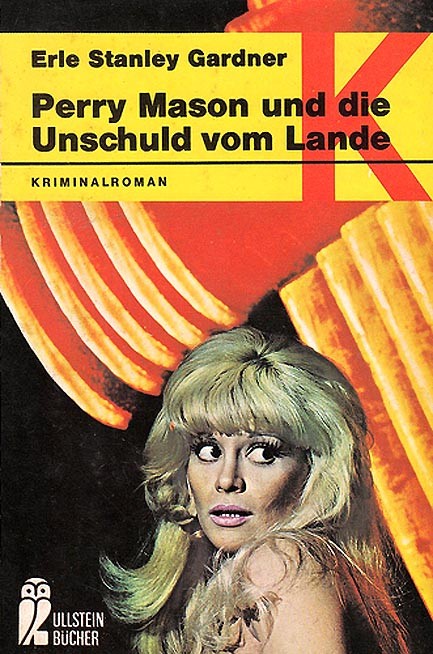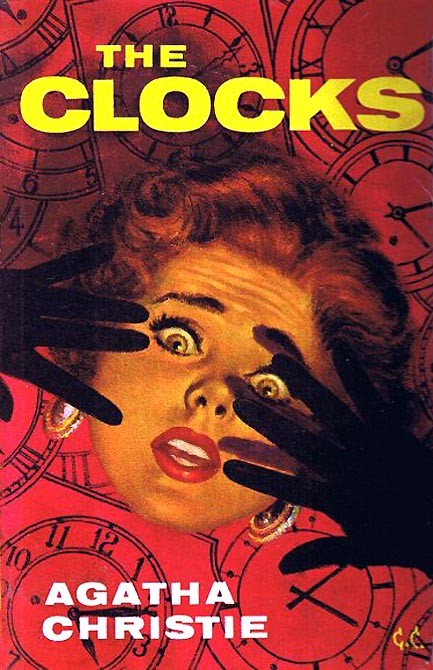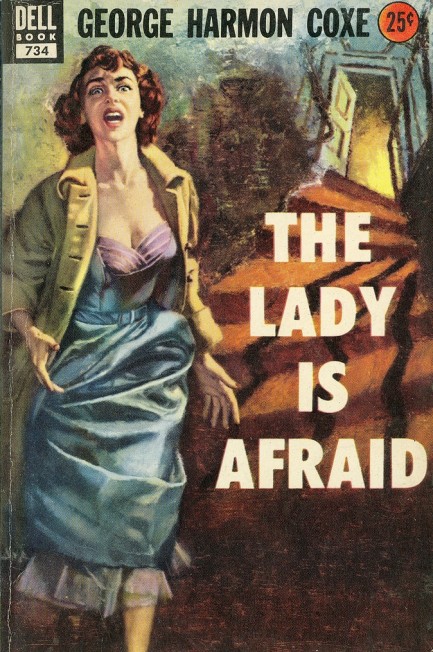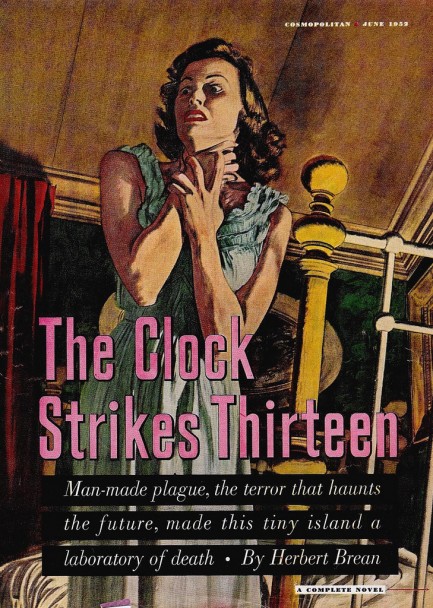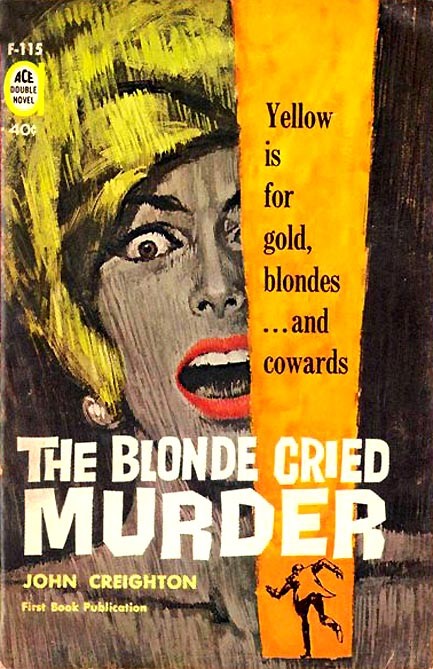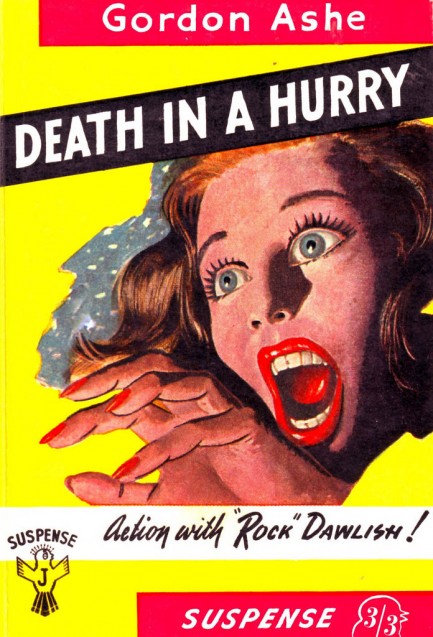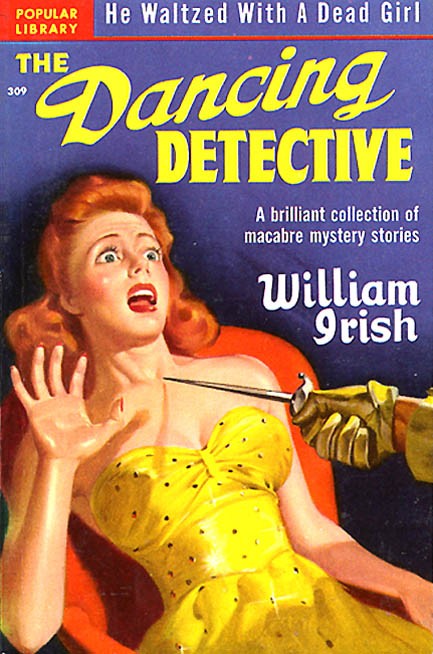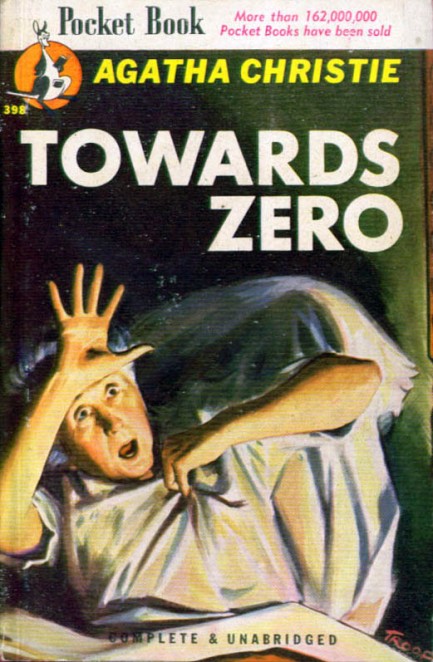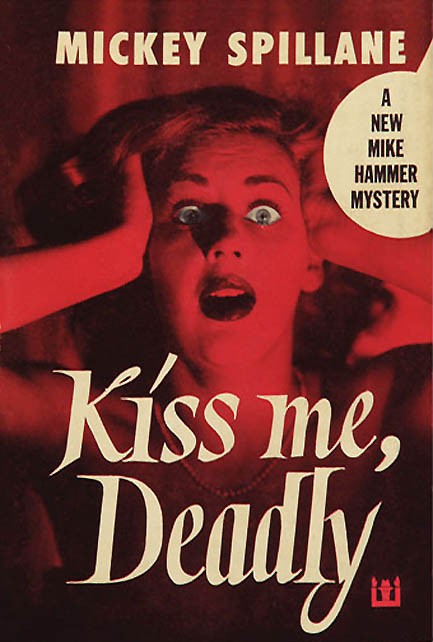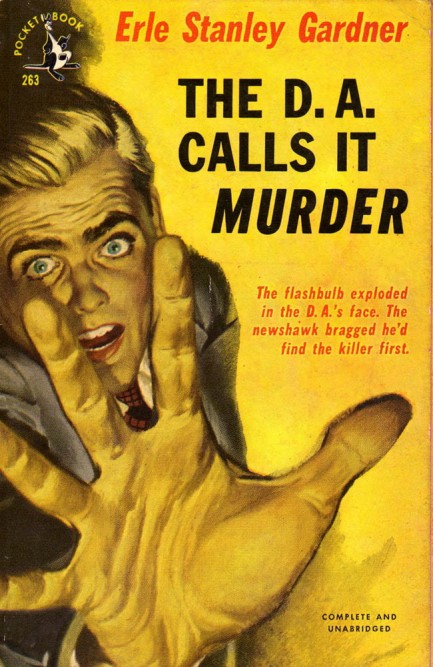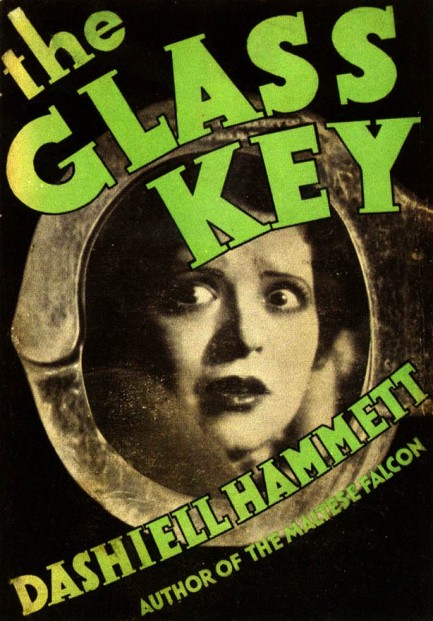| Vintage Pulp | Dec 28 2021 |

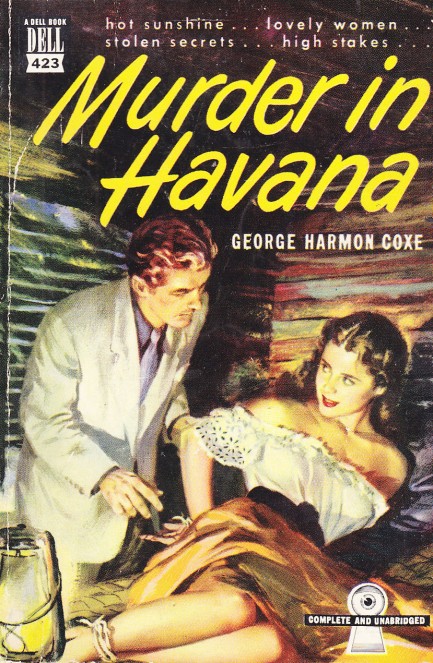
George Harmon Coxe's Murder in Havana was an easy buy for us—it was cheap and set in an exotic land. We were also drawn by its World War II backdrop, which made us fully expect Nazis, and we got them. The story concerns Andrew Talbot, who's in charge of a secret shipbuilding project. While he's out on the town someone breaks into his hotel room but somehow ends up dead five floors below. Talbot is relieved not to have been robbed of his top secret dox, but once he realizes the dead man hadn't been the only person in his room and his papers were photographed rather than stolen, he sets out to save his professional reputation and unmask the spies.
As required from this sort of tale, the hero meets a couple of beautiful women, interfaces fractiously with the local cops, gets knocked over the head, and drinks rum. Mysteries from this era can be wordy, but Coxe deserves credit—he keeps the action moving around Havana and avoids the pointless reiterations that can slow these books. The ending is fun, and multi-layered. There could be more local color and travelogue, and we aren't sure if we accept the idea of skeleton keys being purchaseable on the street, but overall Murder in Havana is quite entertaining. It was published in 1943 originally, with this Dell edition and its Barye Phillips cover art of a woman bound but incongruously smiling coming in 1950.
| Vintage Pulp | May 15 2018 |

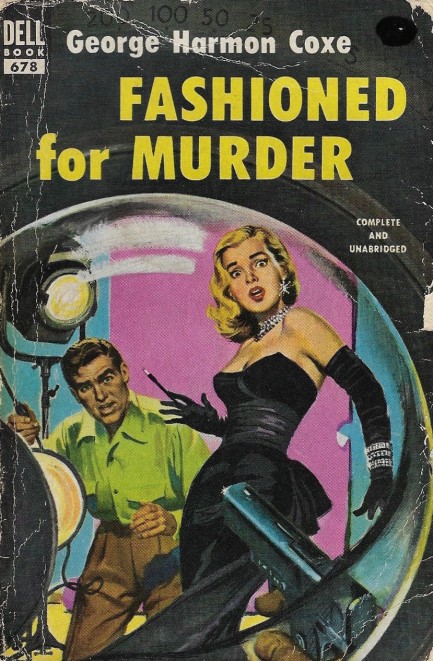
 Nice touch. This book is one that was mailed to us from the United States by a friend, so thanks to Alex for that. In the story, a model poses with an elaborate set of costume jewelery she's been told is worthless, but comes to believe the gems are real after a stranger robs her of them, and an acquaintance returns them just before dying at her feet—shot twice in the back. She enlists the aid of a photographer who's smitten with her, and the two try to unravel the mystery. There's a very funny line about one of the supporting characters:
Nice touch. This book is one that was mailed to us from the United States by a friend, so thanks to Alex for that. In the story, a model poses with an elaborate set of costume jewelery she's been told is worthless, but comes to believe the gems are real after a stranger robs her of them, and an acquaintance returns them just before dying at her feet—shot twice in the back. She enlists the aid of a photographer who's smitten with her, and the two try to unravel the mystery. There's a very funny line about one of the supporting characters: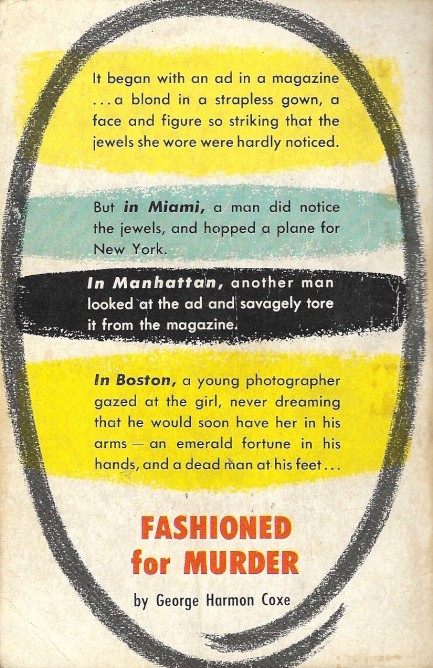
| Vintage Pulp | Mar 28 2018 |

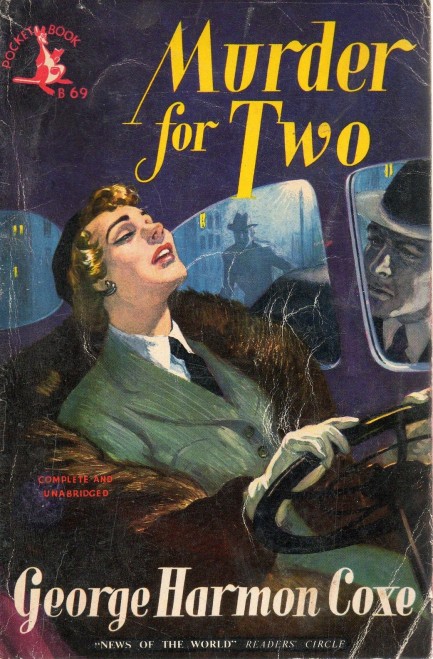
| Vintage Pulp | Apr 1 2016 |

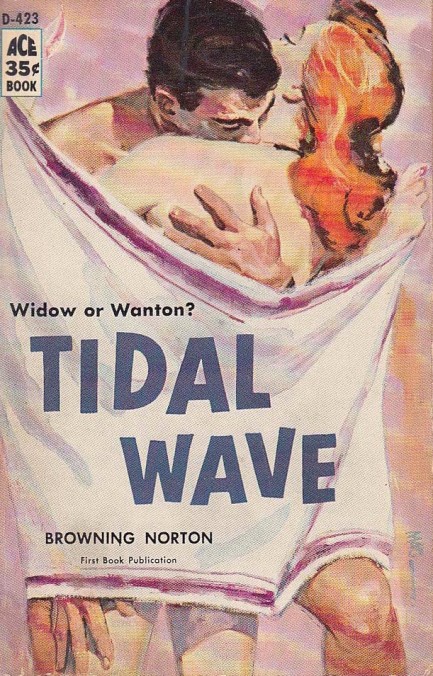
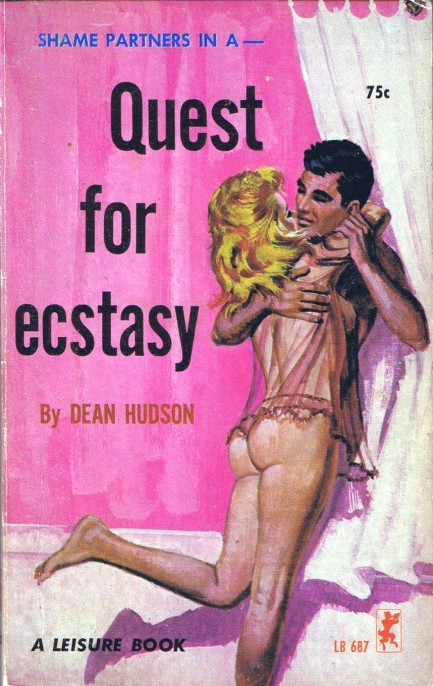
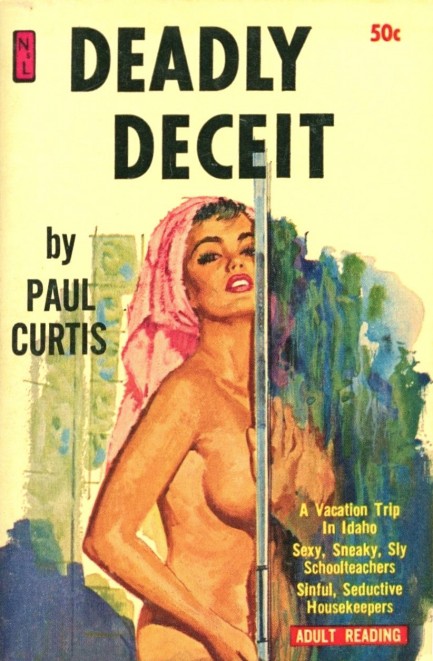
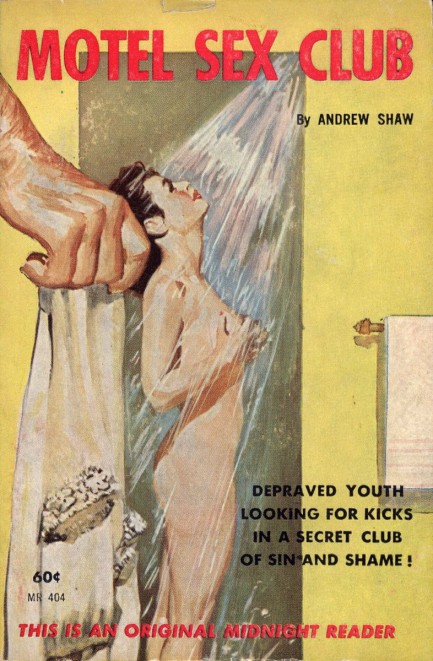
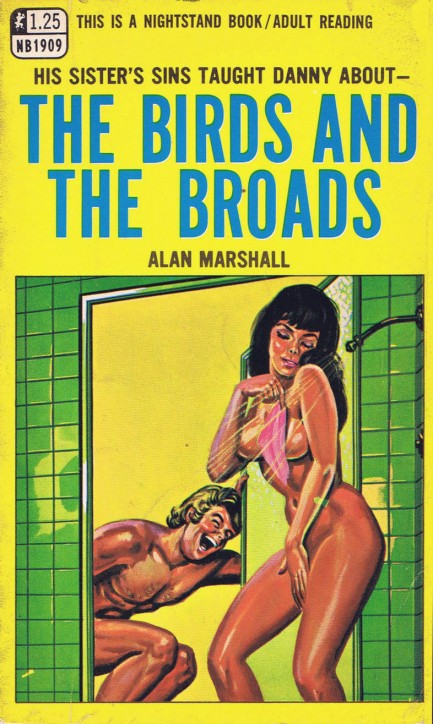

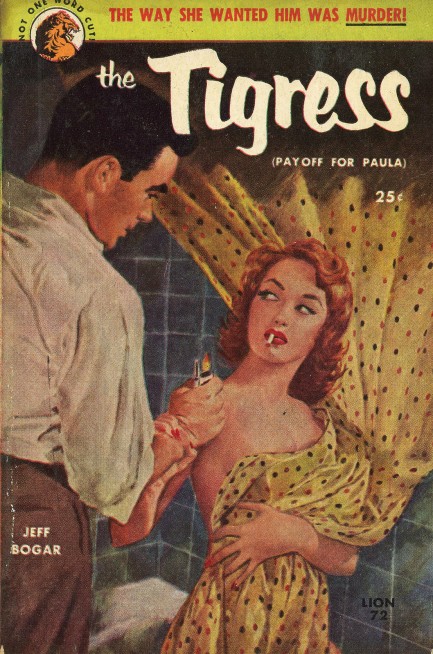
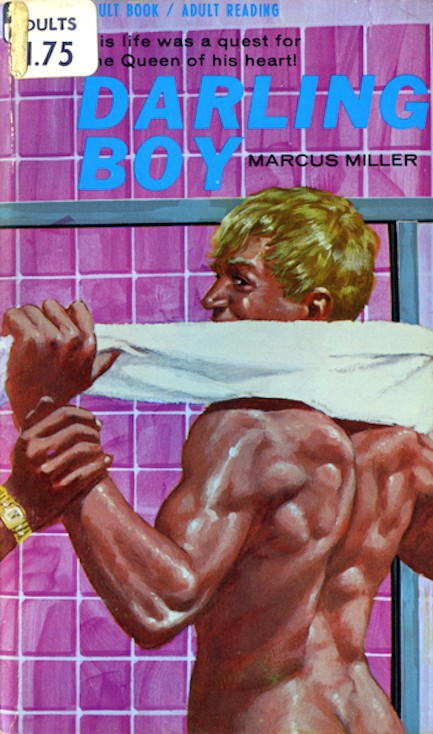
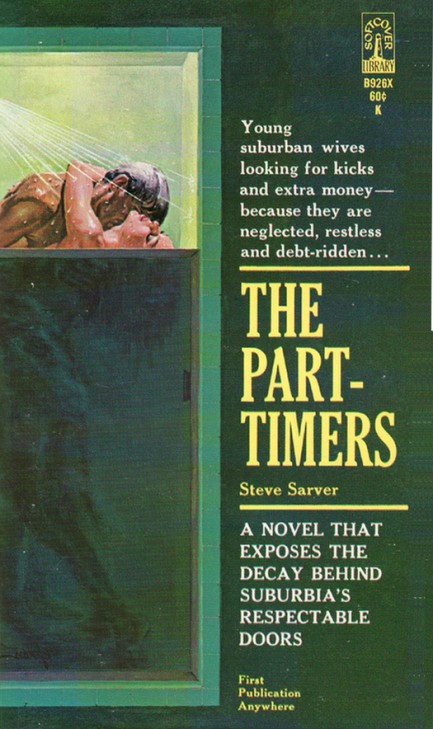
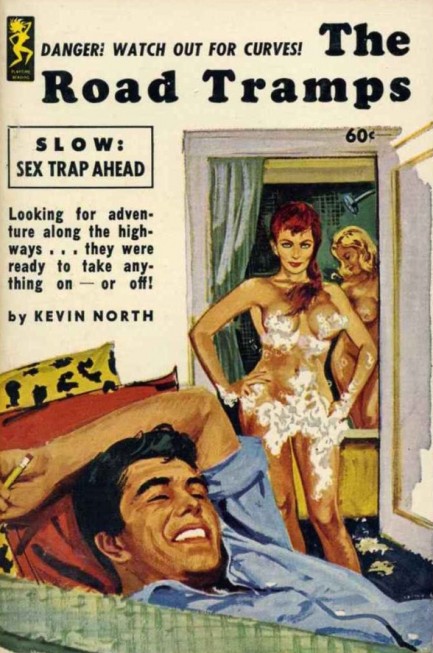
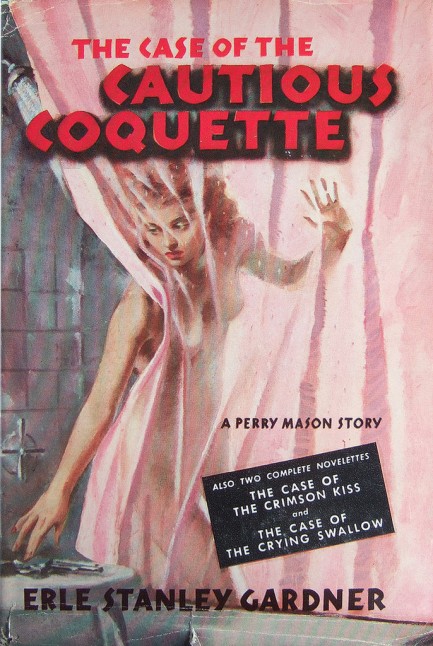

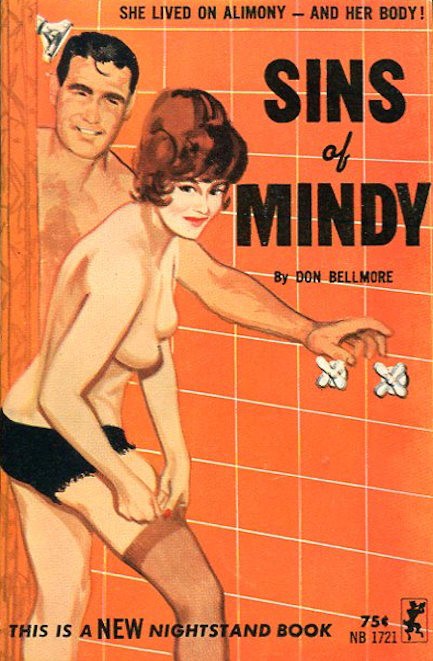
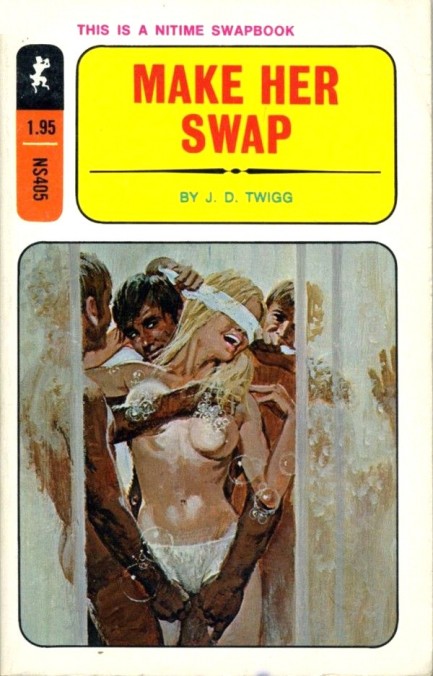
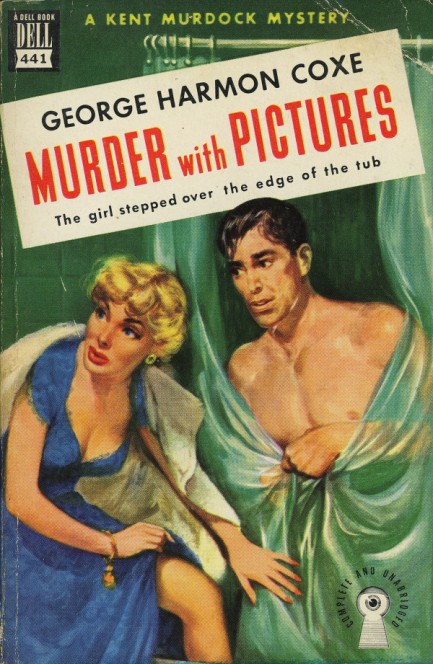
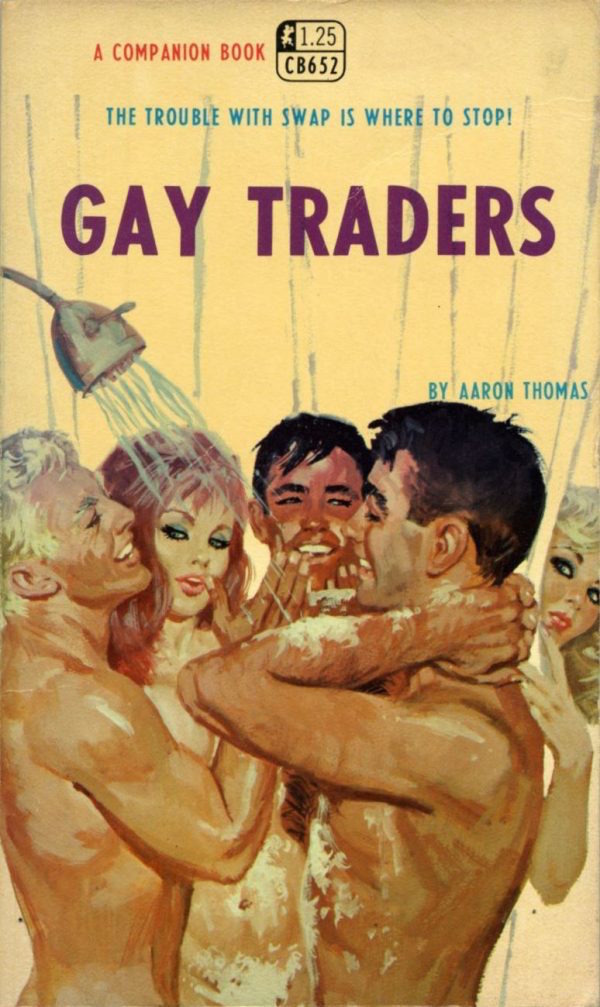
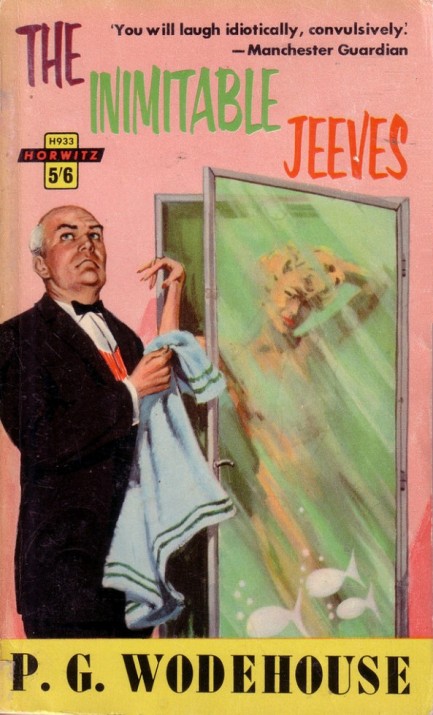
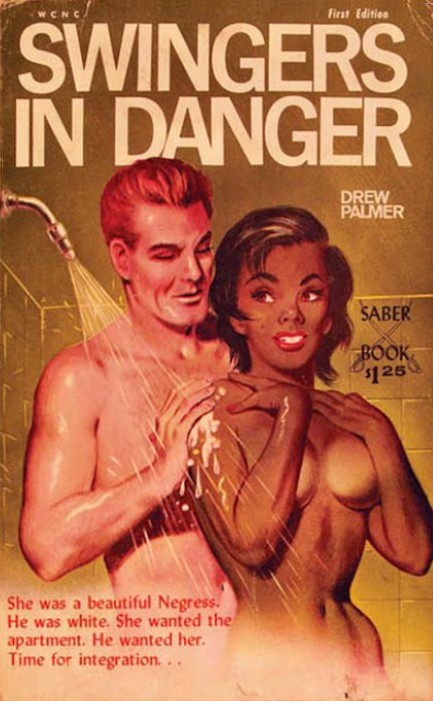
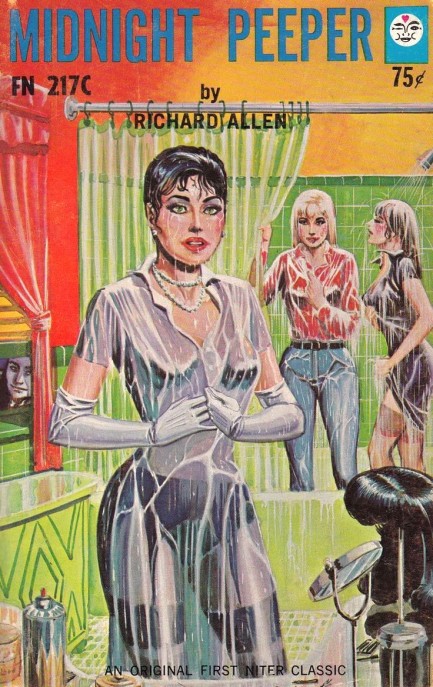
| Vintage Pulp | Jul 10 2015 |


Two years ago we shared five covers of women standing over men they had just killed and mentioned that there were many examples in vintage cover art of that particular theme. Today we’ve decided to revisit the idea in order to reiterate just how often women in pulp are the movers and shakers—and shooters and stabbers and clubbers and poisoners and scissorers. Now if they do this about a billion more times they’ll really be making a difference that counts.
French publishers, interestingly, were unusually fond of this theme—so egalitarian of them. That’s why many of the covers here are from France, including one—for which we admit we bent the rules of the collection a bit, because the victim isn’t dead quite yet—of a woman actually machine gunning some hapless dude. But what a great cover.
We also have a couple of Spanish killer femmes, and a Dutch example or two. Because we wanted to be comprehensive, the collection is large and some of the fronts are quite famous, but a good portion are also probably new to you. Art is by the usual suspects—Robert Maguire, Barye Phillips, Alex Piñon, Robert Bonfils, Robert McGinnis, Rudolph Belarski, et al. Enjoy.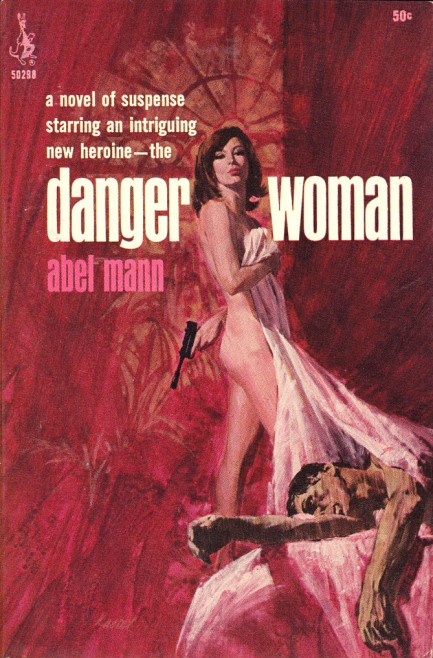
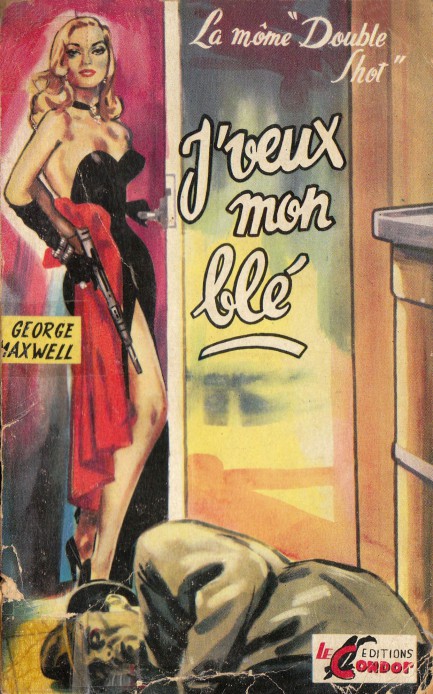
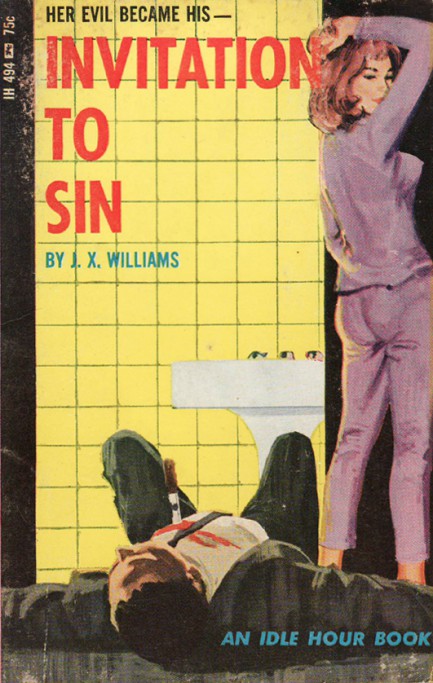
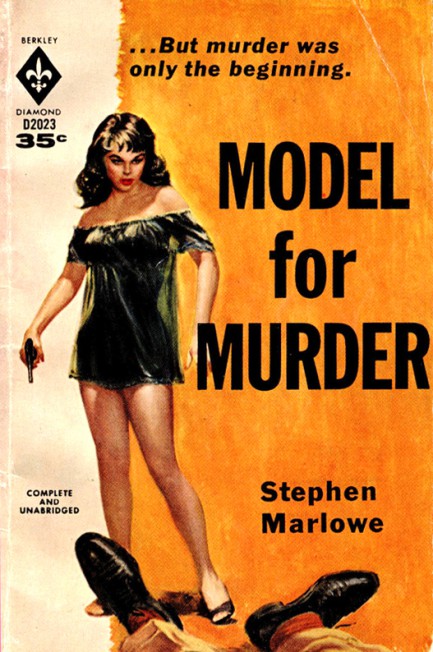
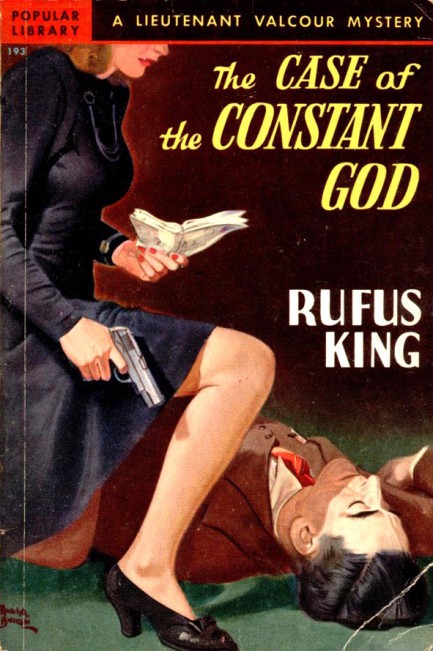
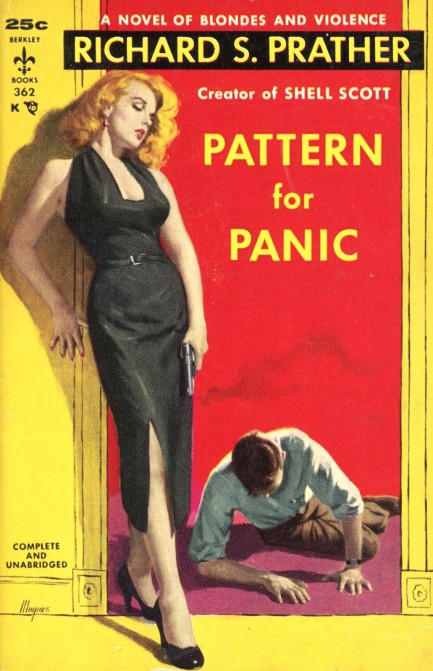
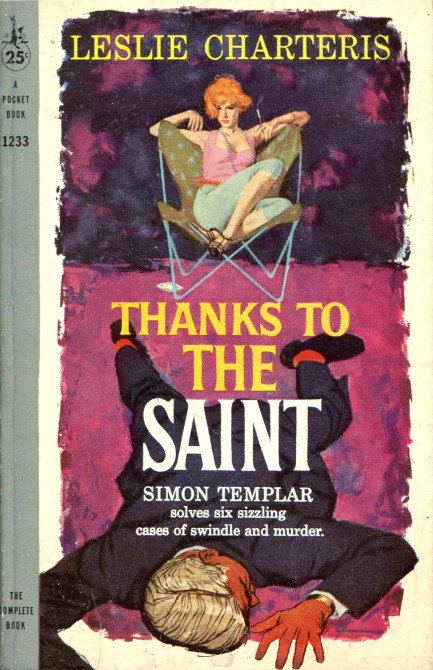
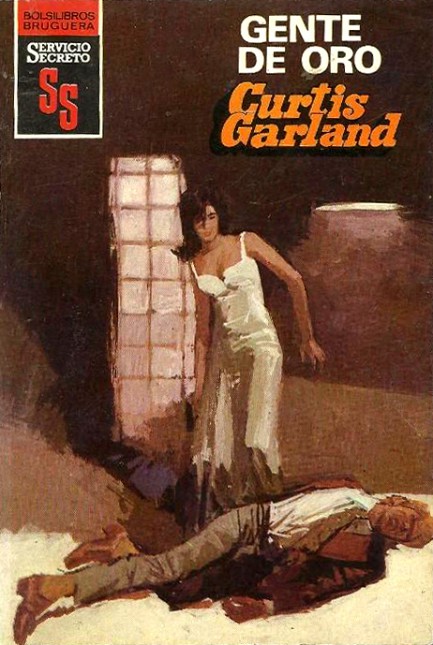
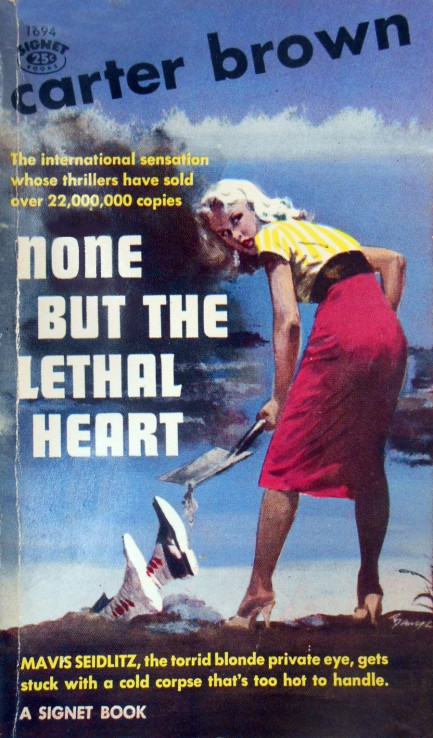
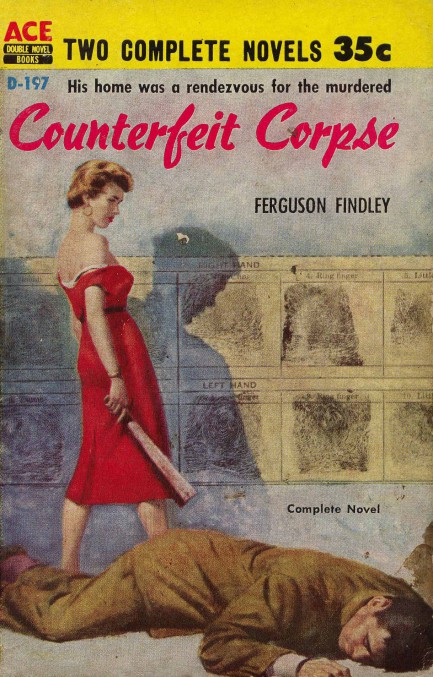
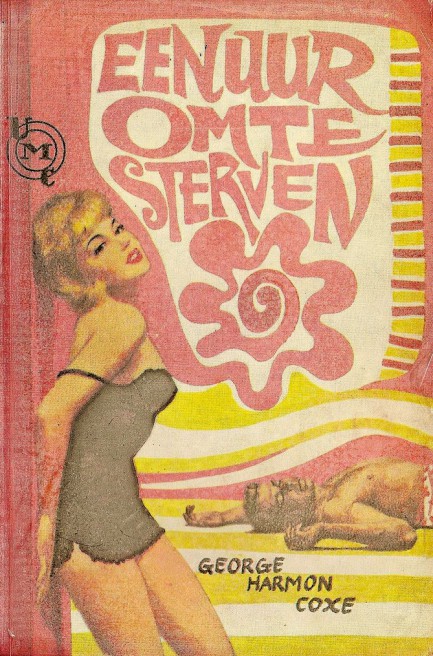
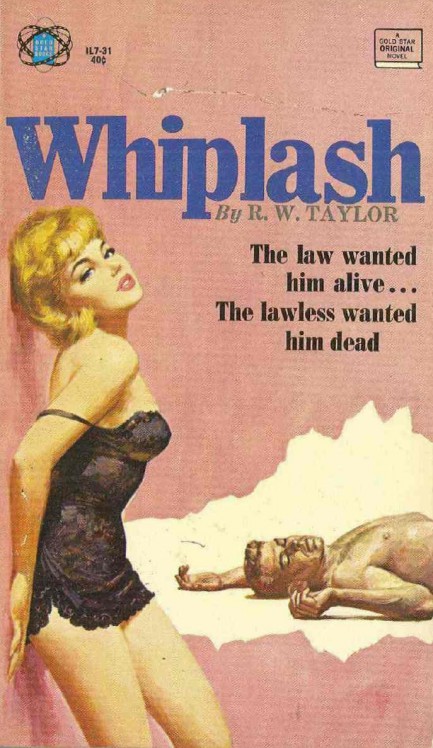
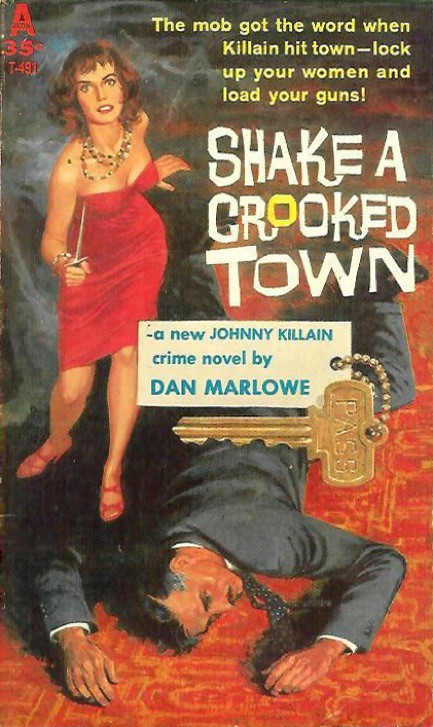
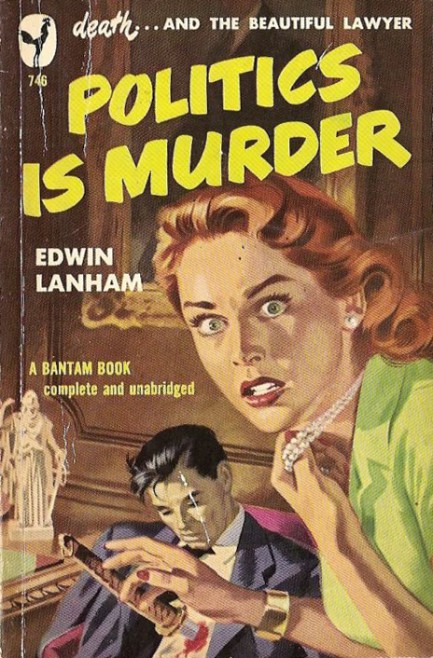
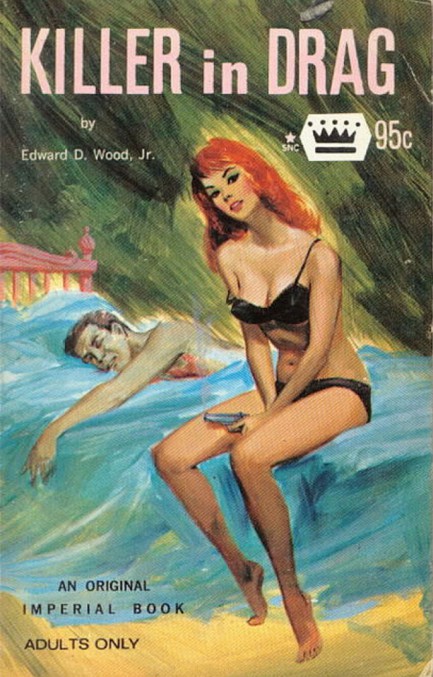

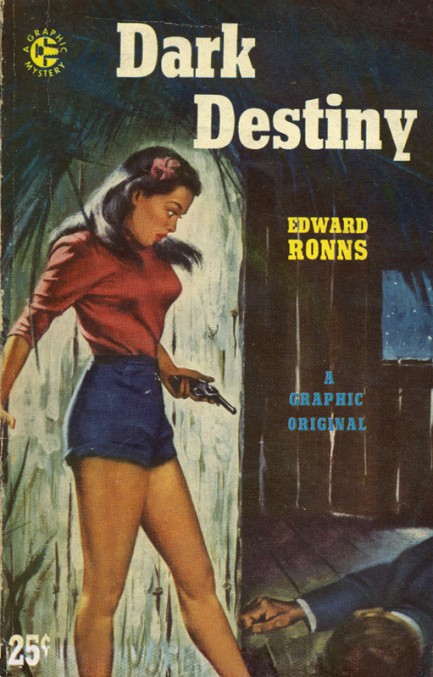
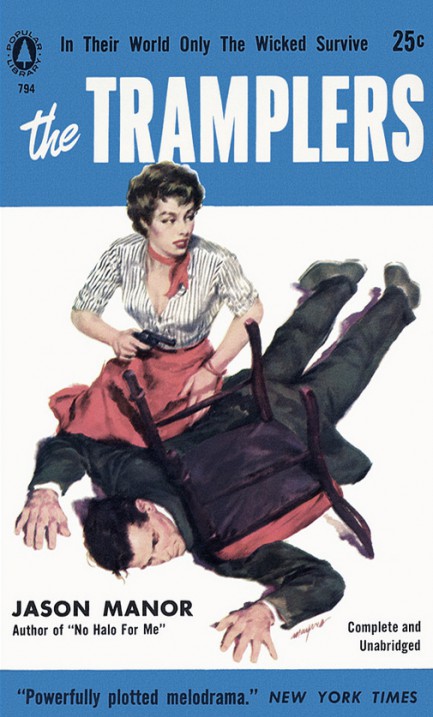


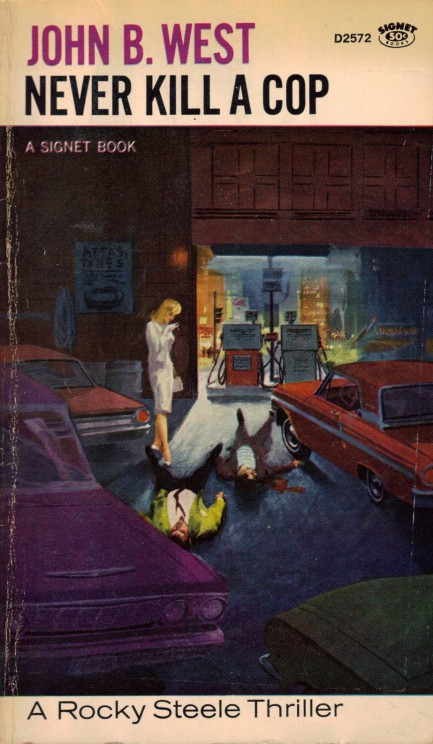
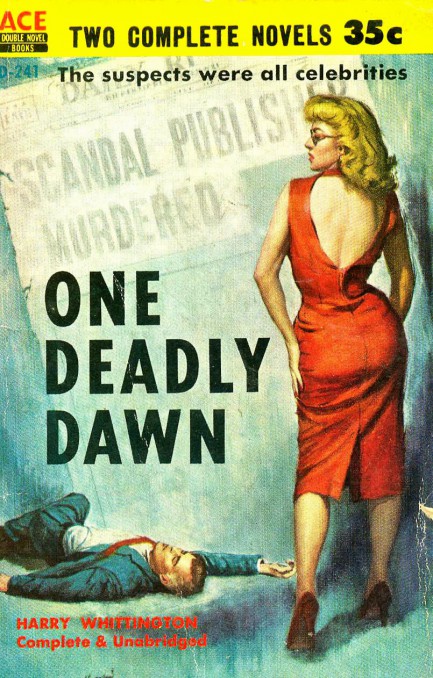
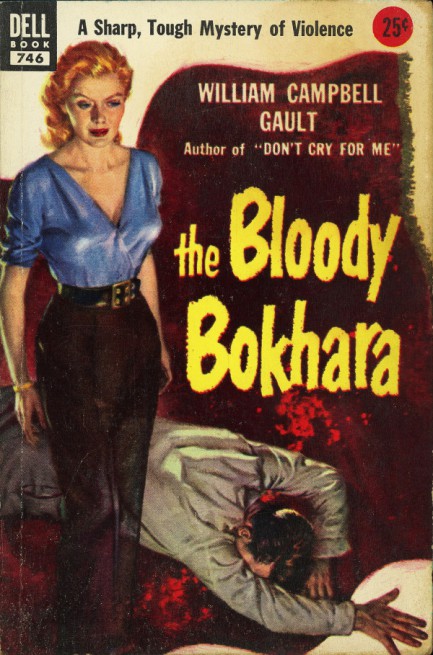
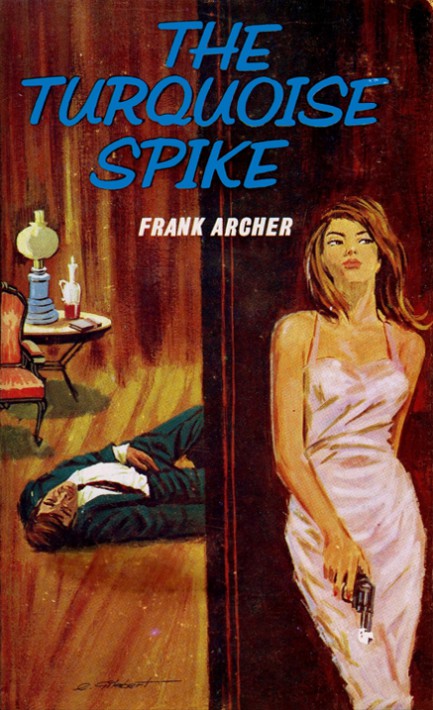
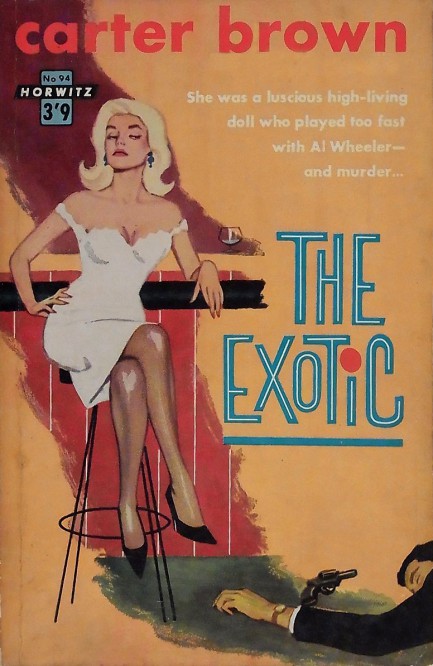

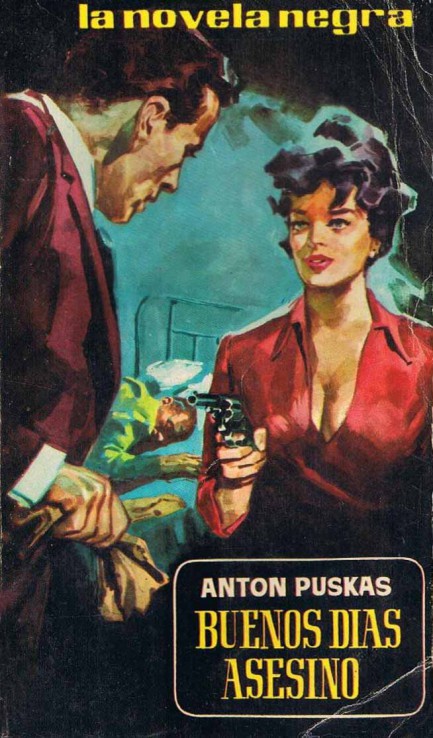
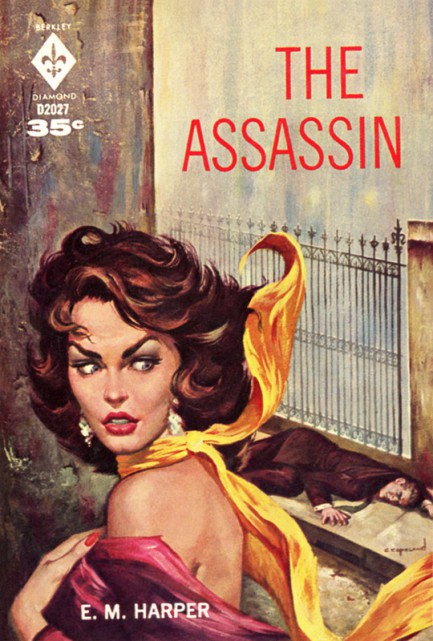
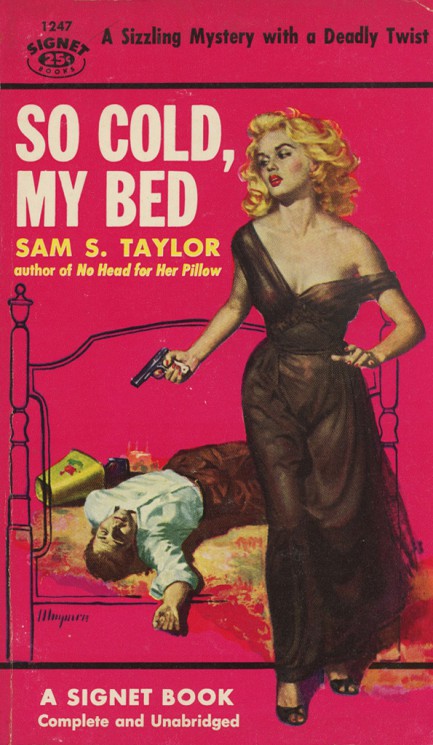
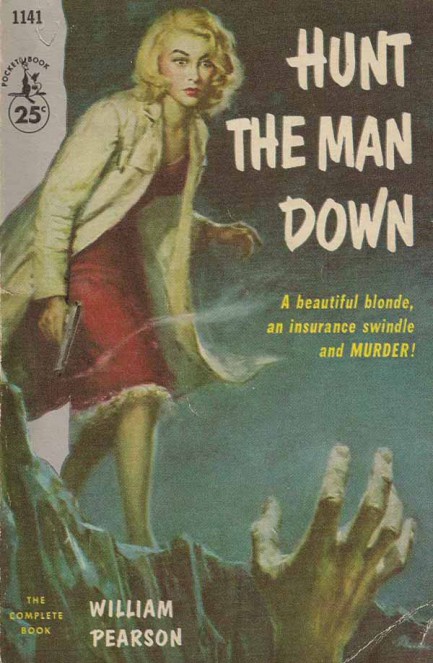

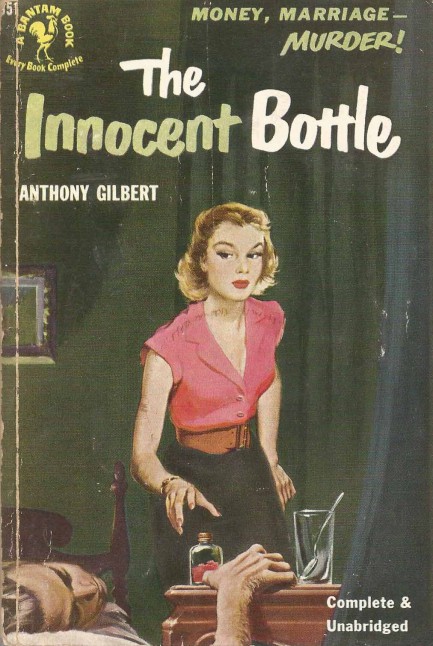
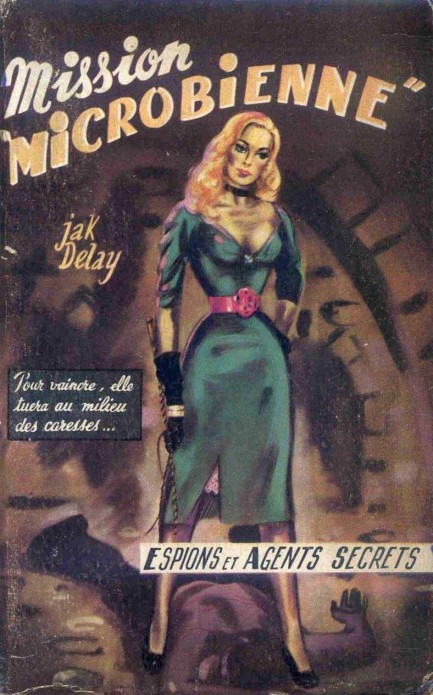
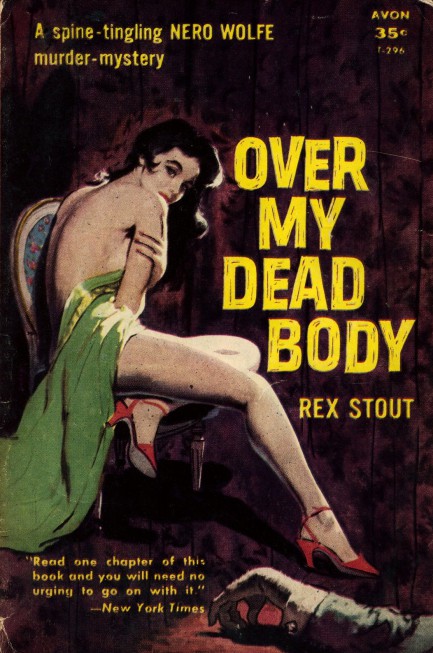
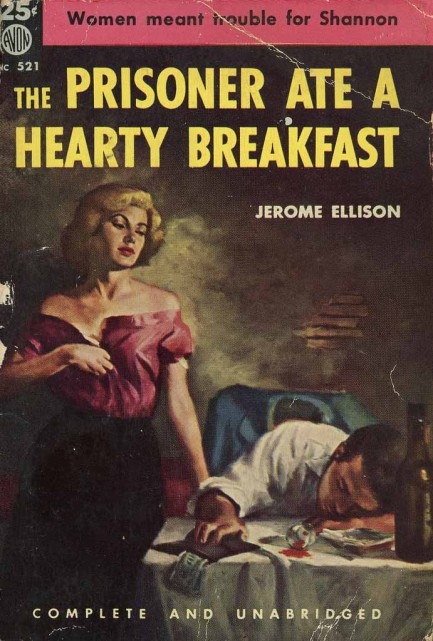
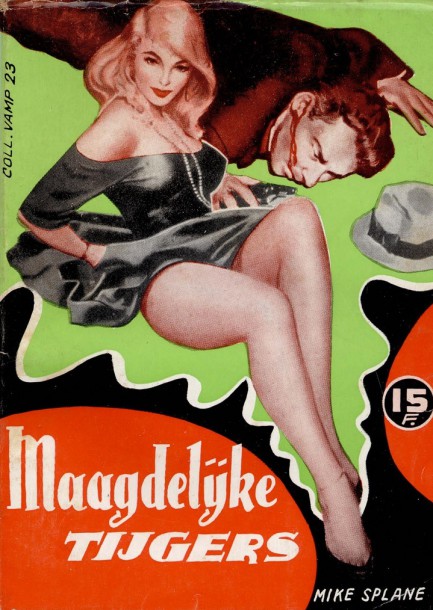


| Vintage Pulp | Aug 12 2013 |

Today we have another cover collection for you. We had noticed quite a few pieces of pulp/sleaze art featuring syringes as a central element, so we’ve gathered up twenty examples, with art by Michel Gourdon and others. Some of these are from Flickr, so thanks to the original uploaders.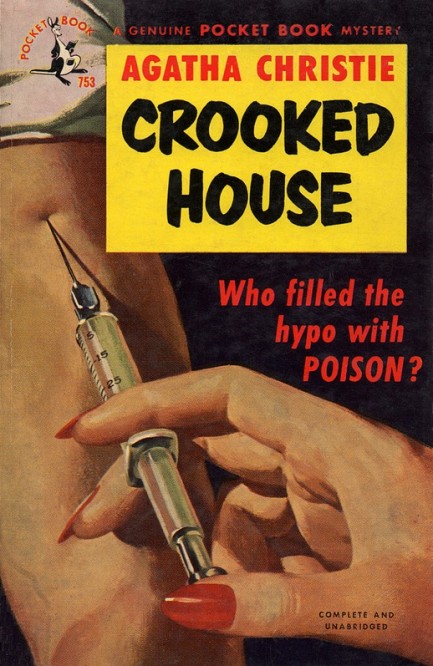
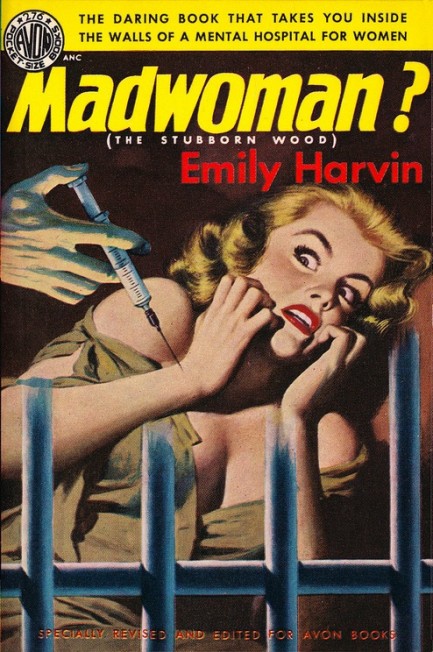
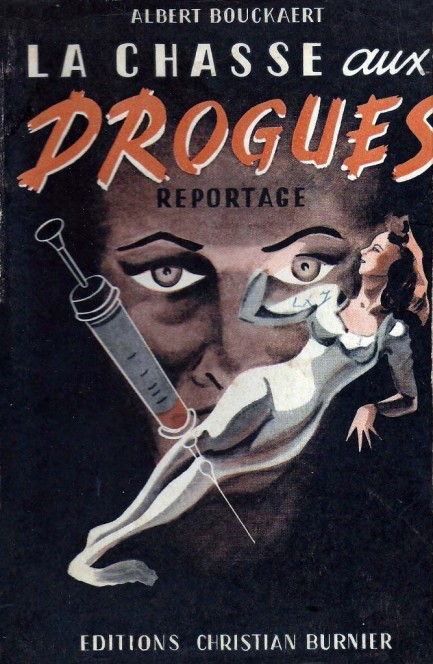
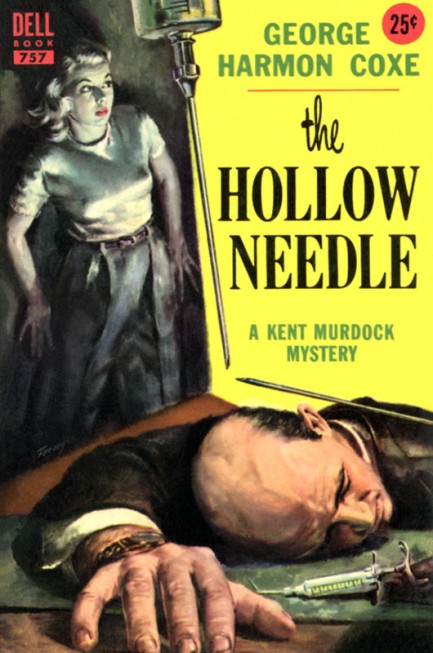
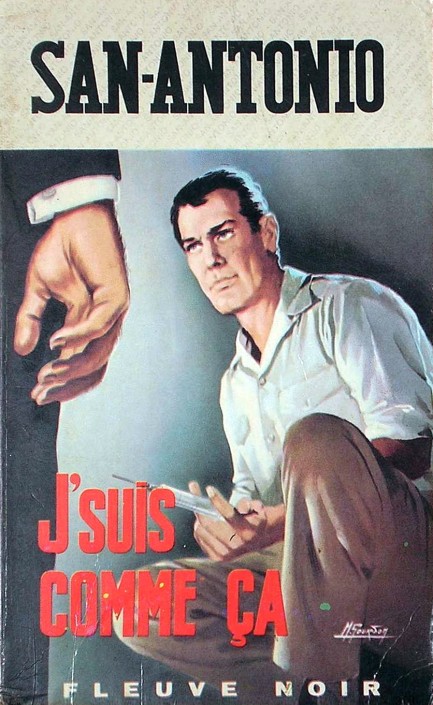
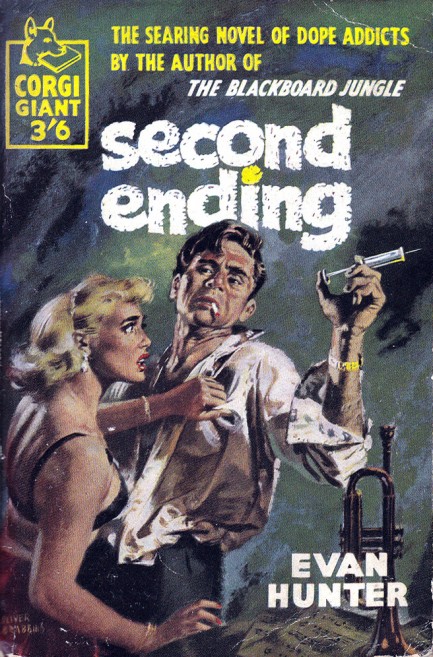
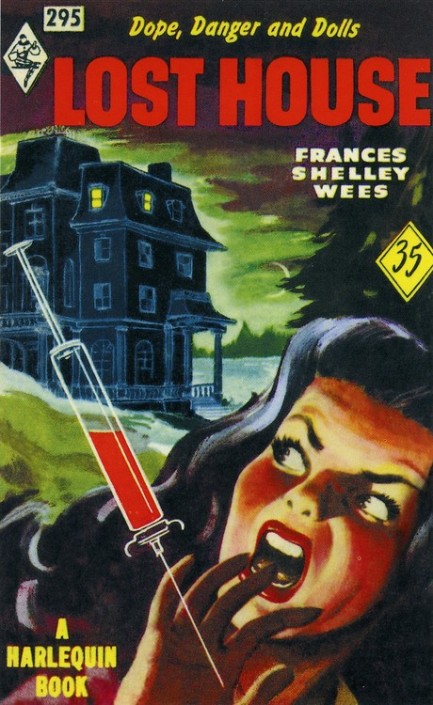
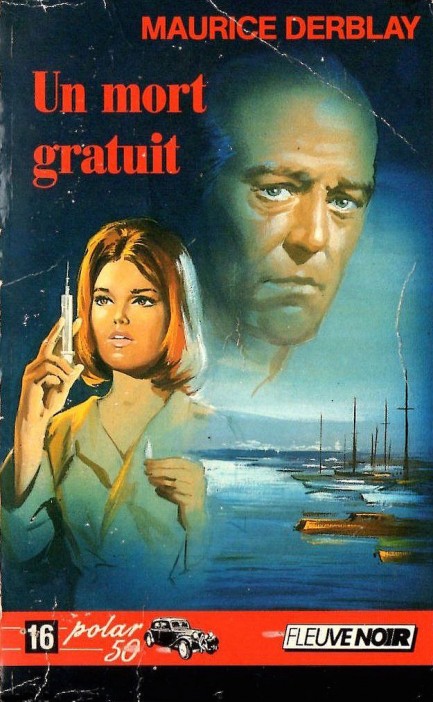
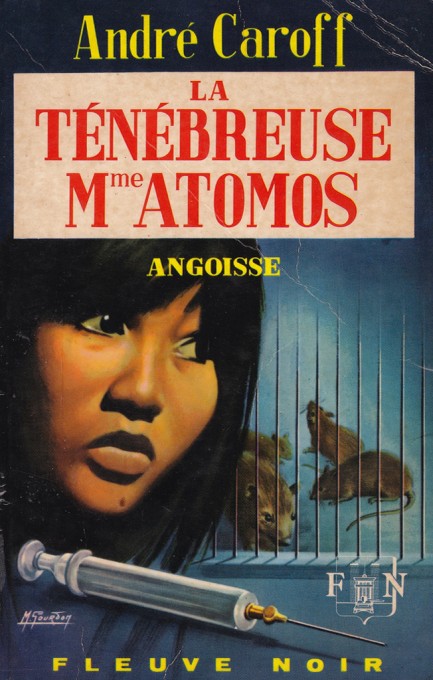
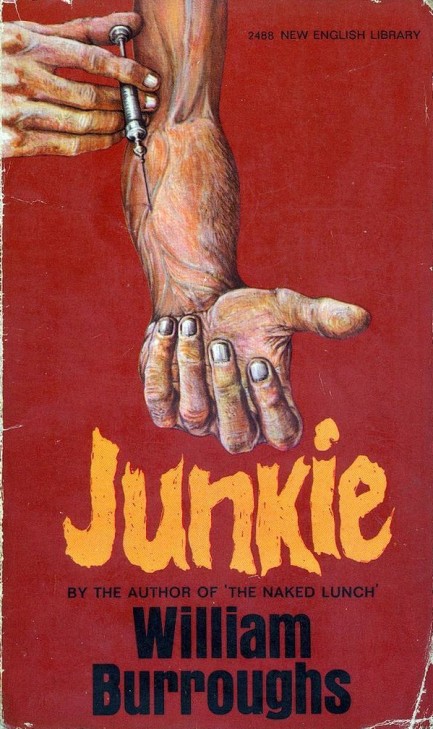
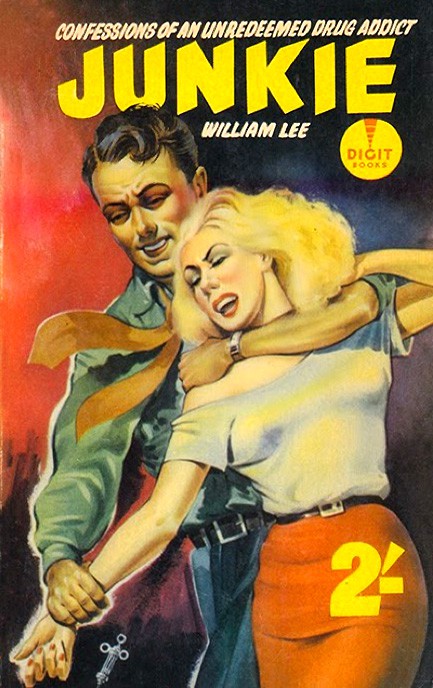

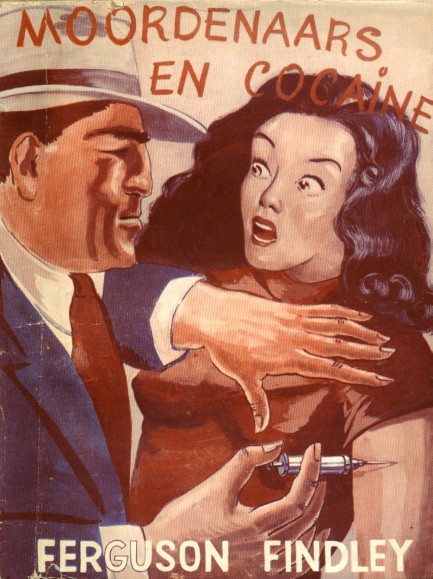
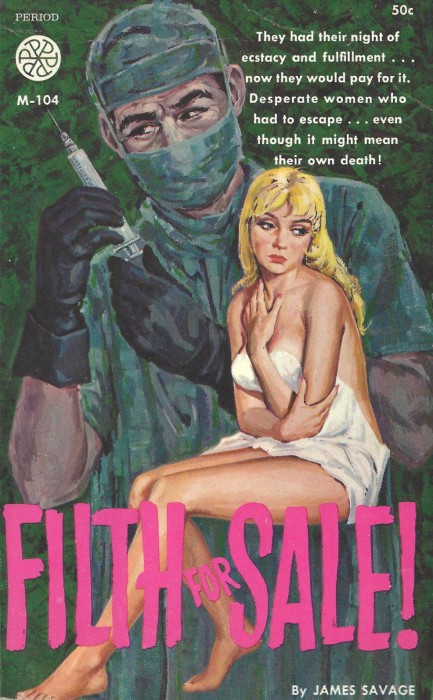
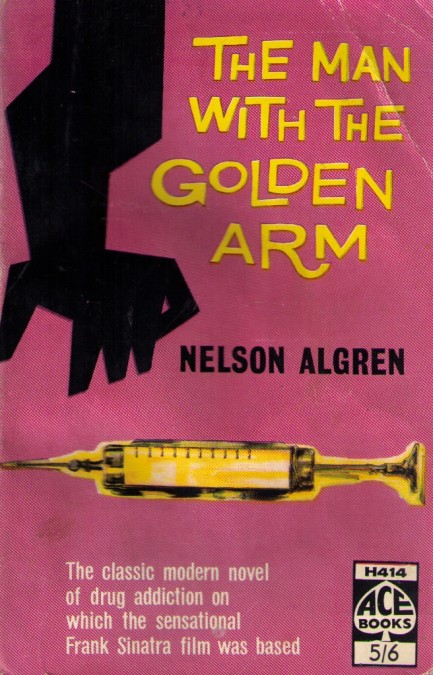
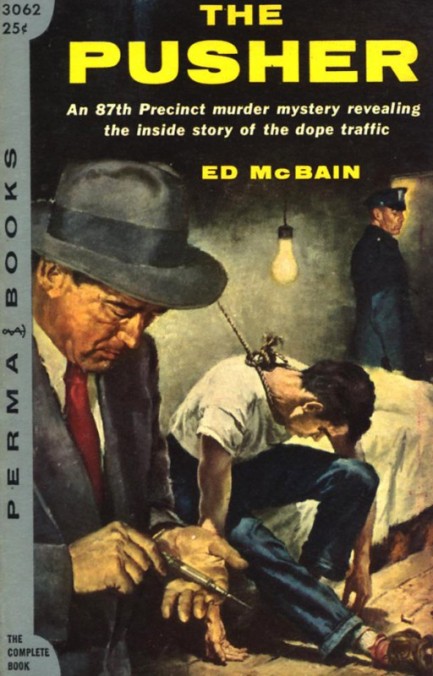
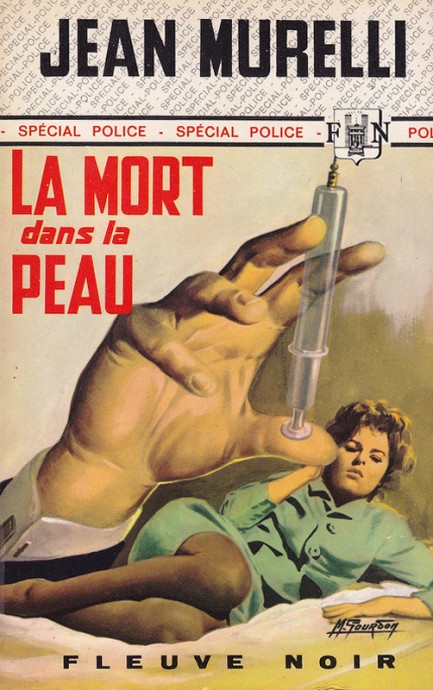
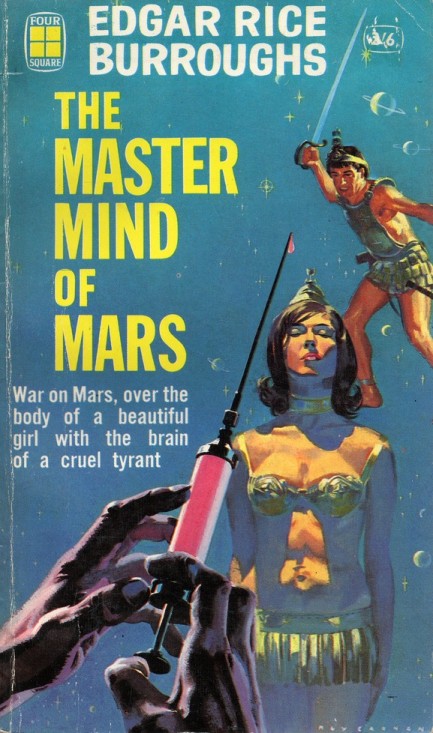

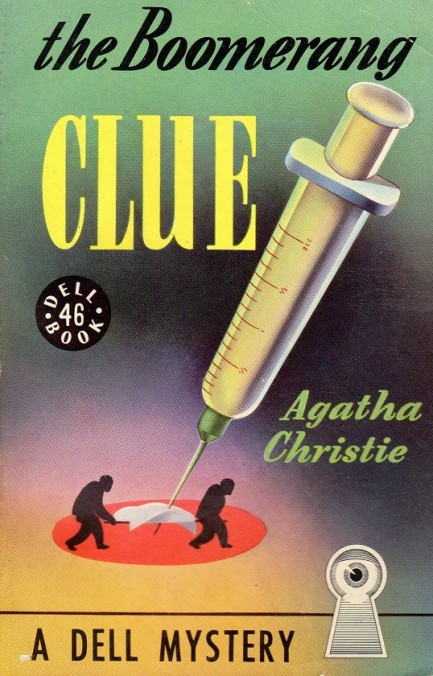
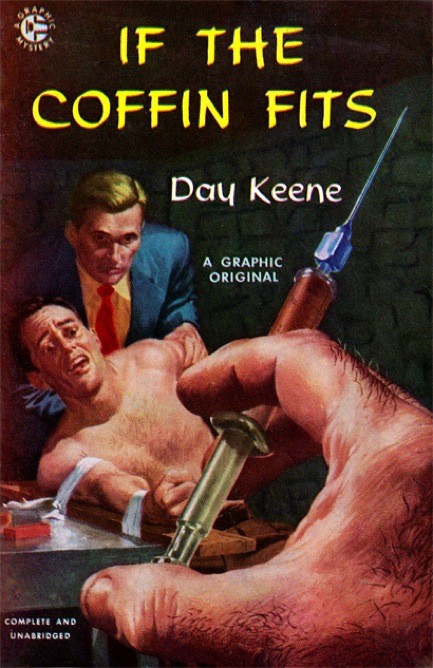
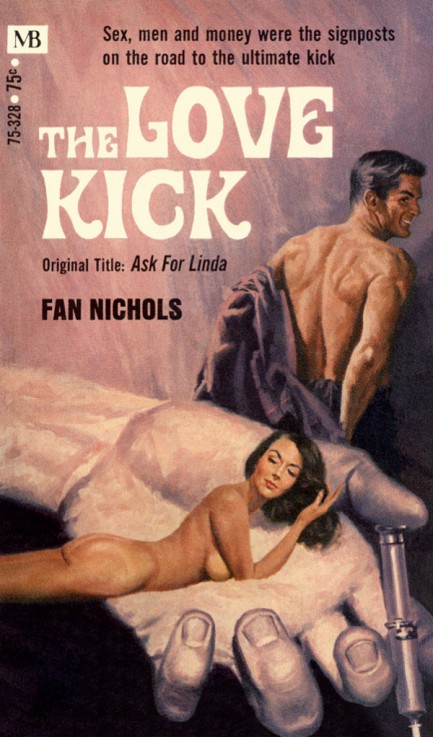
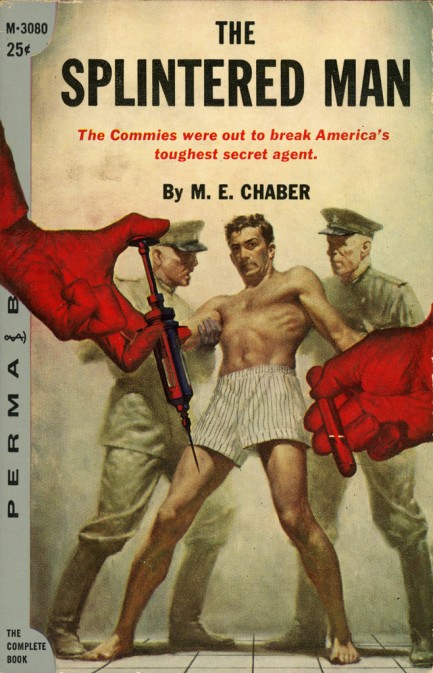

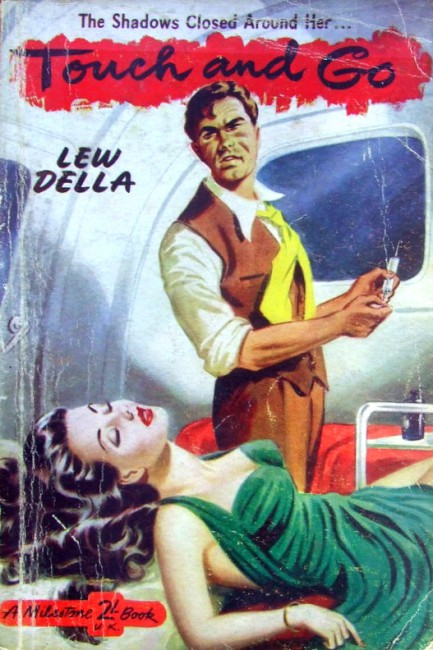
| Vintage Pulp | Aug 9 2010 |

Below, fifteen pieces of pulp art with terror as their central theme. The cover in panel three from Erle Stanley Gardner is the German version of 1948's Perry Mason and the Case of the Vagabond Virgin, retitled Perry Mason und die Unschuld vom Lande, or Perry Mason and the Innocence of the Country.